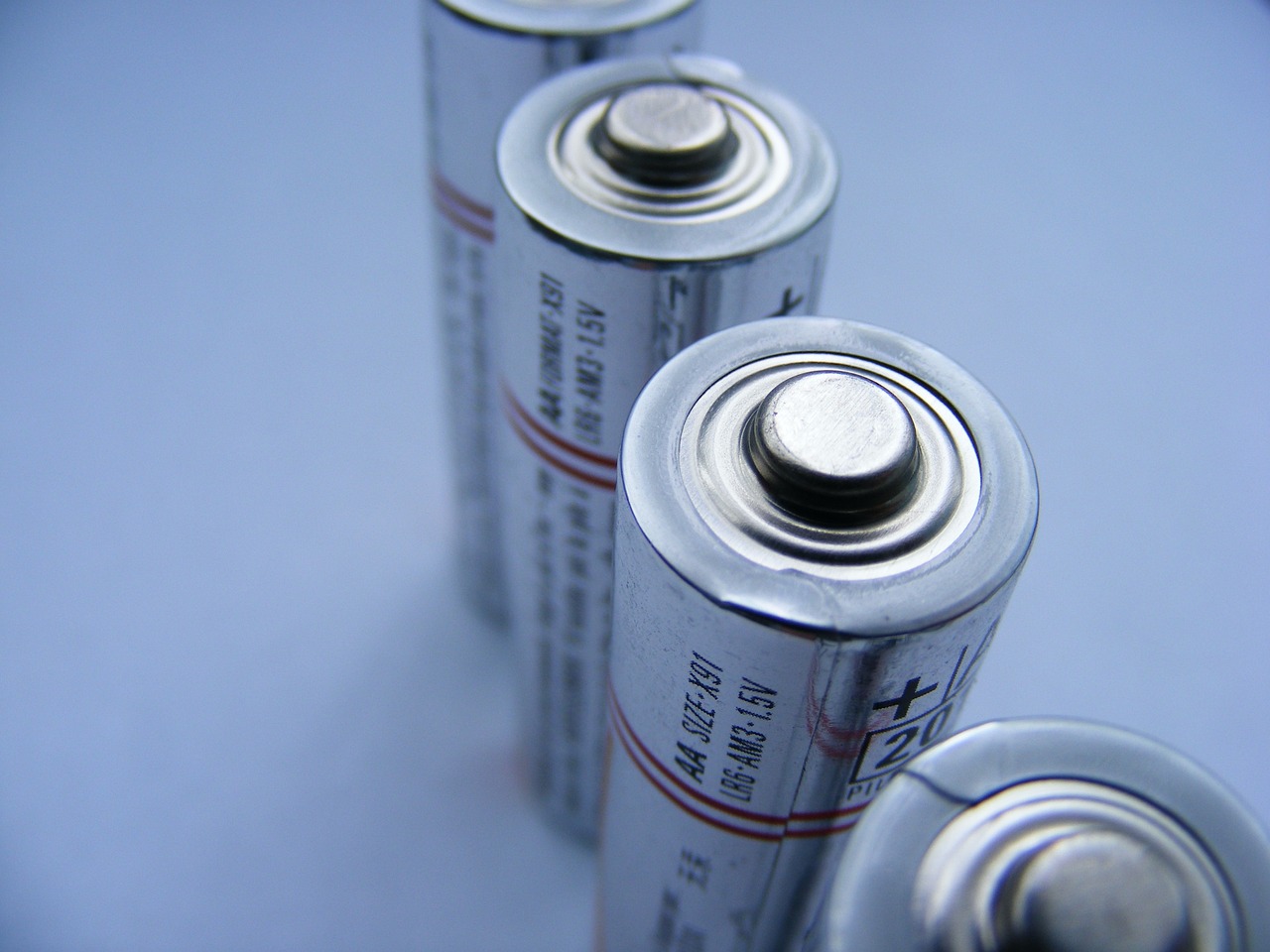This post is also available in:
 עברית (Hebrew)
עברית (Hebrew)
A newly formalized research partnership between the U.S. Army’s Combat Capabilities Development Command Chemical Biological Center (DEVCOM CBC) and the University of Hawaii System is set to accelerate innovation in bioprinting and field-deployable manufacturing—technologies with direct implications for combat readiness and operational resilience in the Indo-Pacific theater.
The collaboration includes two Joint Work Statements (JWS), each targeting a different frontier of military-relevant technology.
The first phase focuses on developing advanced biomedical platforms that integrate bioprinting and organ-on-a-chip systems. These tools aim to improve the way medical countermeasures are assessed against chemical, biological, and environmental threats, according to Interesting Engineering. By using cell-based 3D printing techniques, researchers are working to create more realistic skin and tissue models to simulate human responses in battlefield conditions—ranging from chemical burns to drug-resistant infections.
Unlike traditional models, these printed tissues offer a higher degree of biological accuracy and could drastically enhance the evaluation of therapies and protective systems. One long-term objective is to establish forward-deployable bioprinting stations, capable of producing medical prototypes and skin analogs in remote settings. This capability would allow frontline units to access life-saving treatments and test materials without relying on distant supply chains.
The second JWS focuses on modular, on-site production and maintenance systems that can operate in contested environments. By building in-region manufacturing capabilities, the Army aims to reduce dependence on traditional supply routes and shorten repair times during crisis or conflict.
These systems could also support regional partners, enhancing interoperability and supply chain resilience among U.S. allies in the Pacific.
This collaboration represents a significant step toward integrating advanced biomedical and manufacturing technologies into forward-operating environments. By combining bioprinting, adaptive logistics, and real-time threat response capabilities, the partnership not only strengthens U.S. military readiness in the Indo-Pacific but also sets the stage for dual-use innovations with humanitarian, disaster relief, and civilian medical applications. As threats grow more complex and dispersed, these flexible, science-driven solutions will be critical to sustaining operational effectiveness and regional stability.


























